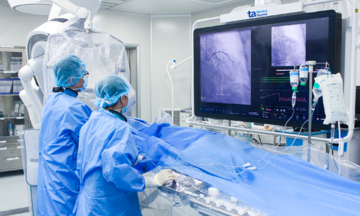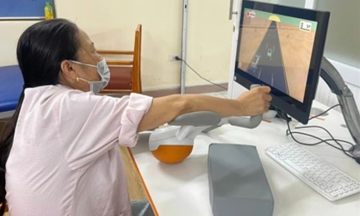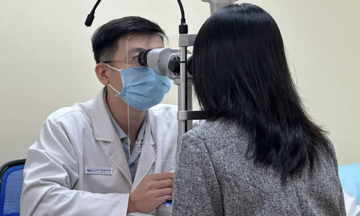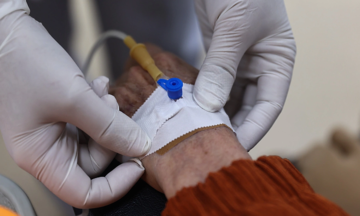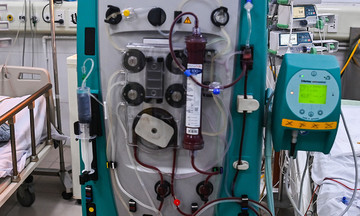Since childhood, the woman has lived with this condition, which causes discomfort and affects her social interactions, Live Science reported on 28/8. She describes faces initially appearing normal, then "turning black with long, pointed ears, a protruding snout, reptilian skin, and large eyes that are yellow, green, blue, or red." These dragon faces sometimes appear even when no one is present.
Doctors at an outpatient psychiatric clinic conducted various tests, including blood work, electroencephalogram (EEG), and neurological examination, all of which yielded normal results. However, a brain MRI revealed some old lesions near the lentiform nucleus, in the white matter of the brain. Lesions in this area can be linked to cognitive decline, including problems with attention and memory, especially in schizophrenia.
Despite the normal EEG, doctors hypothesized that the woman's visual hallucinations stemmed from unusual electrical activity in the ventral occipital cortex, the area responsible for color processing and facial recognition. They believe the lesions identified on the MRI, possibly present since birth due to temporary oxygen deprivation, may have triggered this electrical activity.
The patient was diagnosed with prosoppometamorphopsia (PMO), a rare cognitive neurological disorder causing perceived distortions in the shape, size, texture, or color of other people's faces.
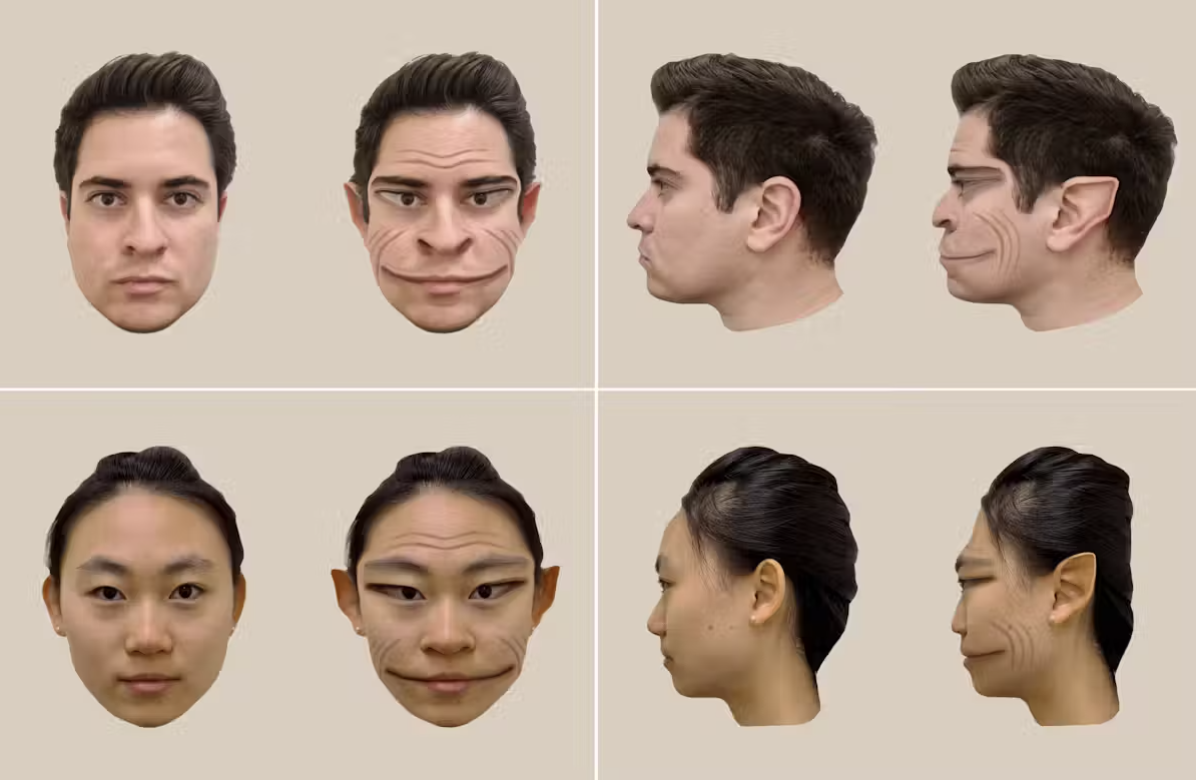 |
Computer-generated images of male (top) and female (bottom) facial distortions as perceived by the patient in the PMO study. Photo: A. Mello et al. |
Doctors prescribed daily valproic acid, a medication used to prevent seizures, as well as to mitigate migraines and symptoms of bipolar disorder. This treatment initially controlled the woman's visual hallucinations.
However, she later developed auditory hallucinations while sleeping. Doctors switched her to a daily regimen of rivastigmine, typically used to treat dementia symptoms caused by Alzheimer's or Parkinson's disease. This medication reduced the frequency of both auditory and visual hallucinations. After three years of treatment, the woman reported improved work stability and social relationships.
According to a 2021 review, PMO is exceptionally rare, with only 81 cases documented in medical literature over the past 100 years. The condition varies, but the common characteristic is the distorted perception of faces, such as sagging cheeks, unusually small or large heads, or stretched or wrinkled skin.
The cause of PMO remains unclear. However, studies suggest links to head trauma, stroke, epilepsy, or migraines in some cases.
My Y (Live Science)



